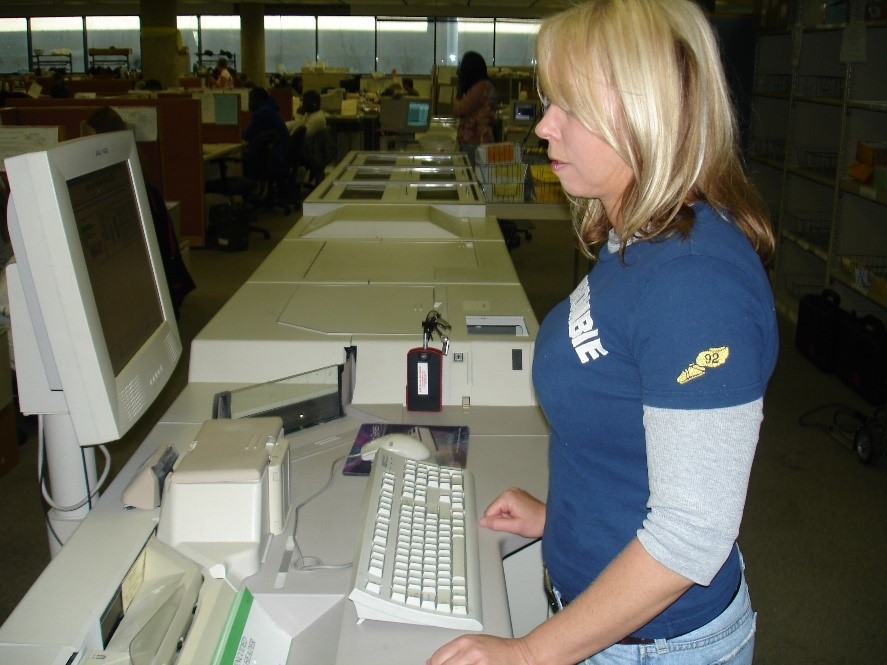Noise Monitoring Services


Noise Monitoring Services provides noise and vibration measurement and consulting services to a broad range of clients. We are experienced and highly qualified Noise consultants with hundreds of noise projects completed. We specialize in:
- Noise monitoring, measurement and testing
- Noise engineering services including consulting, assessments and studies
OEHS can provide noise monitoring for all purposes as well as the preparation of technical noise reports and environmental noise studies.
Occupational (OSHA) Noise Surveys

We provide noise surveys and studies for determination of Occupational Safety and Health Administration (OSHA) noise limit compliance in the workplace. The OSHA noise limits permit employees to be exposed to an average noise level of up to 90 dBA during an 8-hour working day. Above 85 dBA, precautions are required to protect employees, including a hearing conservation program and noise monitoring program.
The OSHA noise regulations permit assessment of noise levels in two ways. We can perform both types of measurement:
- Personal sampling using sound dosimeters attached to employees. This technique is generally used when workers have high mobility and are exposed to varying noise levels
- Area sampling, in which sound level meters are used to measure noise in work areas. The noise exposure of workers is calculated based on the time spent in the areas measured.
OEHS can give you guidance on the type of monitoring best suited to your facility. Noise dosimetry is often recommended for workers with high mobility or whose exposure levels vary throughout a workday. Area sampling is a simpler, less time-consuming method.
Before performing a sound level exposure survey at your facility, we will discuss the noise issues with supervisors or managers to gain a full understanding of the noise problems. Our work will involve measurement of the noise levels as well as making observations for potential noise control solutions.
Contact us to find out more about our OSHA noise assessment services. For the full OSHA noise limits, please visit the Occupational Environmental Health Solutions website.
Noise Surveys
Excessive exposure to noise, vibration, and ultrasound can be harmful to humans. For at least 100 years, we have known that excessive exposures to noise can result in permanent hearing loss.
Noise can also reduce employee productivity as people find it more difficult to concentrate in areas with high noise levels. In addition, these environments can cause additional physical and psychological stress leading to increased fatigue and irritability.
Still, even though knowledge of and solutions to these problems have been available for some time, workers continue to incur noise-induced hearing loss and vibration- induced damage.
Environmental noise was recognized as a problem in 1972 when the Noise Control Act was promulgated giving the U.S. Environmental Protection Agency the responsibility to study and regulate noise emissions from mechanical equipment and property line noise sources.
Noise above the specific levels requires that a program be implemented to address employee exposure to noise. The OSHA Occupational Noise Standard requires monitoring when information indicates that any employee’s exposure may equal or exceed an 8-hour time-weighted average (TWA) of 85 dBA. If employee TWAs exceed 85 dBA, the OSHA Standard requires the following:
- Hearing protection must be available to employees.
- Audiometric testing of employees must be conducted.
- An effective written hearing conservation program must be developed.
- An employee training program must be implemented.
- Appropriate records must be kept and regularly updated.
- In addition, administrative or engineering controls must be used.
OEHS, Inc. reviews available data in the workplace and designs a sampling strategy to measure noise doses and sound levels to evaluate employee exposure.
Sound level pressure measurements are used to define the work area noise level. Measurements are collected in the operations areas, identified by the client representative or determined by the Industrial Hygienist, as areas of concern.
Noise dosimetry is performed on specific employees working in a defined area or operation based on results from the sound pressure measurement or selected by the client representative.
The employee/area exposure is calculated and compared to the OSHA time weighted average. Specific recommendations are made to address noise concerns based on the OEHS, Inc. findings.
